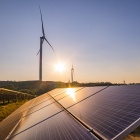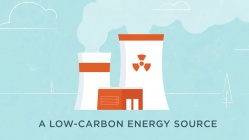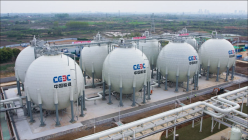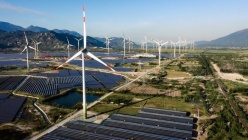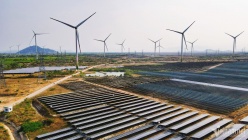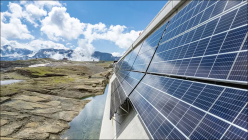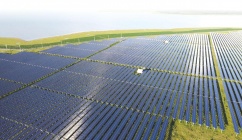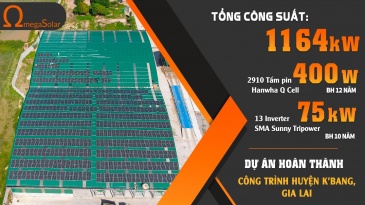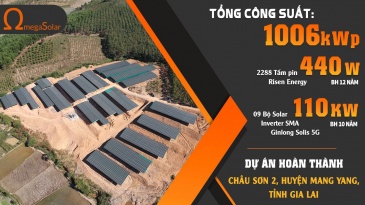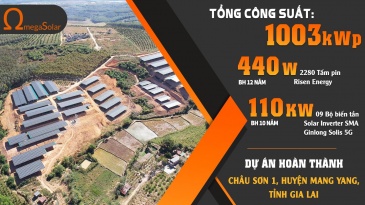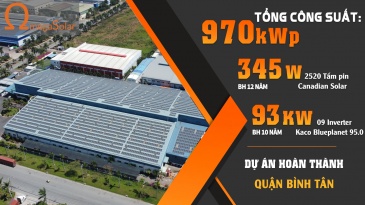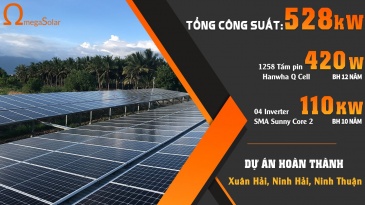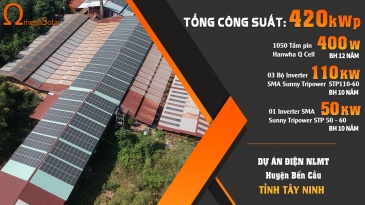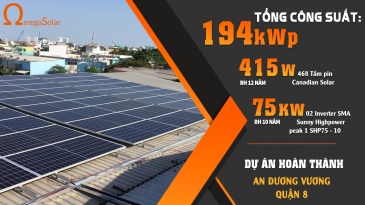How to help EVN does not "lack of electricity"
“Emergency situation”, “alternating power cut”, “severe drought on a large scale”, “lakes at dead water level”… are the keywords that EVN warns about the high shortage of electricity during the dry season of May and June.
But, to put it bluntly, the lack of electricity is not a matter of seasonality. This is the consequence of a long process of accumulation, failure to develop traditional sources, reasonable prices while the characteristics of the electricity industry always have to invest "one step ahead" compared to the economy in general.
The recent 3% increase in electricity prices since 2019 shows the sympathetic reluctance of the Government to face the difficult life of people and businesses. This decision is sensitive but cannot be left out.
“Most localities say no to thermal power”
Lack of power generation is a big deal. In 2018, the Ministry of Industry and Trade said that most thermal power sources were 1-2 years behind schedule, especially coal-fired power sources in the South such as Long Phu I, Song Hau I, Song Hau II, etc. Long Phu III has not yet determined the progress. O Mon III, IV thermal power plants and power plants using gas from the Blue Whale field are at risk of being behind schedule because it is not possible to determine the exact time when the gas from Block B and the Blue Whale field arrives. ...
During those years, the movement against coal power started in some localities, the projects included in the planning were not approved by the provinces, some provinces asked to "return" the projects. "It is very difficult to get a site to build coal-fired power plants, most localities say no to thermal power," Deputy Minister of Industry and Trade Hoang Quoc Vuong reported to General Secretary Nguyen Phu Trong at his meeting at the Ministry of Industry and Trade on 11/7/2018.
An electricity project has an investment capital of up to billions of dollars, the time from negotiation, construction to putting into operation is measured in decades. While electricity prices are low, exchange rates are not guaranteed, social reactions, and especially lack of determination and commitment have resulted as a result, for more than ten years, no power projects have been put into operation except for Thai Binh 2.
In addition, hydroelectricity resources have been exploited to the limit, places where hydropower can be built have been built, only a few places can build small hydropower plants with negligible capacity.
To cope with the situation that traditional energy sources are slow, the Institute of Energy once reported and proposed to increase the solar power source into operation to 6,500 MW in 2020, 10,000 MW in 2021, 11,600 MW in 2025 and 18,700 MW by 2030, much larger than the target set out in the revised Power Master Plan VII.
"Burning oil to save electricity"
TBack in 2019, when the electricity price was last increased, I had an article "Burning oil to save electricity", which warned that because of the lack of power sources, it was necessary to "burn" up to 14,000 billion VND due to the demand of electricity. That figure was calculated on the basis of the oil price at that time was 3,500 VND/kWh and the difference between the purchase price of diesel electricity and the average retail price of electricity was 1,846 VND/kWh.
But the situation has changed very quickly since 2020, when the Covid epidemic broke out, and especially, from March 2022 to now, when the price of fuel and coal in the world fluctuated greatly, many countries rushed to buy coal.
The high price of imported coal has resulted in thermal power projects using imported coal costing approximately VND 4,000/kWh, more than double the average retail price of electricity. Recently, I visited a power complex in the South and witnessed, 2/3 of factories had to stop operating because of losses due to high production costs.
Meanwhile, the price of solar power is only about 70% of coal power and about 40% of gas electricity. The increase in the structure of renewable power sources in the national power system has made an important contribution to reducing EVN's electricity purchase costs, according to the Ministry of Industry and Trade.
The report of the Center for Research on Energy and Clean Air (CREA) and the Institute of Energy Economics and Financial Analysis (IEEFA) shows that the development of solar power in Vietnam has saved 1.7 billion USD (equivalent to 40,000 billion VND) due to not having to use fossil fuels instead.
The Government's report to the National Assembly recently said specifically: in 2019, 2020 and 2021, the electricity output from wind and solar power sources will reach 5.242 billion kWh, 10.994 billion kWh and 29 billion kWh, respectively. Thanks to this amount of electricity, EVN has reduced the burning of electric oil at a double price, "saving about 10,850-21,000 billion VND" for using oil for power generation.
To get the conversion step according to Cop26
In recent days, EVN has continuously warned that the end of the dry season (May and June) is the time when hydropower generation is low, and the North lacks power. Solar and wind power sources are mobilized and transmitted from the Central to the North via the North-South 500kV transmission line. Without this additional source, it will lead to an imbalance in the load source in the Northern region, have to lay off the load, and affect social-economic development and people's lives.
To avoid this situation, first of all, it is necessary to have an early mechanism to mobilize electricity from renewable energy projects that have already been put into operation because it is not possible to waste such resources while still importing electricity.
At the mid-2022 COP26, Vietnam made a strong commitment to the international community to achieve "zero" net emissions by 2050. Thus, the development of solar and wind power projects is an important topic for the energy industry to transform according to the commitments at COP26, although many organizations and partners consider it "very ambitious".
Power Master Plan VIII will be signed and promulgated as soon as possible after several years of delay. Without this Master Plan, many investment projects have come to a standstill; many domestic and foreign investors have not been able to last long with hope and patience; many management levels do not know how to develop electricity; many investors hesitate;…
Every time in the dry season, EVN sings the chorus of lack of electricity. The electricity industry is very specific, producing and consuming at the same time; directly related to the life and activities of all people and the production and business of all enterprises.
It is necessary to review the series of market reforms and mechanisms that were introduced at the beginning of the implementation of the roadmap to a competitive electricity market. The current retail electricity price regulation mechanism also needs to be improved to be more market-oriented.
The most important thing, if the power industry wants to be "one step ahead", is to create trust with private investors because projects amount upto billions of dollars, involving many organizations, many countries. . Convincing them to invest in the power industry must be based on building trust and ensuring profits.
At that time, the chorus of "lack of electricity" of EVN was ended, and electricity was supplied stably and guaranteed for the economy.
Source: Vietnamnet
- Cơ chế mua bán điện trực tiếp DPPA (04/07/2024 16:22:49)
- Cơ chế mua bán điện trực tiếp của Chính phủ (04/07/2024 16:21:30)
- Russia transferred its most advanced nuclear reactor to China (25/06/2024 12:04:04)
- Repurposing Coal Power Plant Sites with Low Carbon Nuclear (25/06/2024 10:54:03)
- ‘World’s largest’ compressed air energy storage project connects to the grid in China (20/06/2024 10:09:52)
- Develop battery storage systems to contribute to ensuring sustainable energy security (13/06/2024 16:31:19)
- Details of Vietnam's power source structure according to Power Plan VIII (22/05/2023 16:51:09)
- Install 5,000 solar panels on Europe's tallest dam (11/05/2023 16:51:16)
- The dream of storing solar power (27/04/2023 09:33:12)
- Hiệu năng chuyển đổi Hydro (27/02/2023 15:40:11)
CONTACT US


